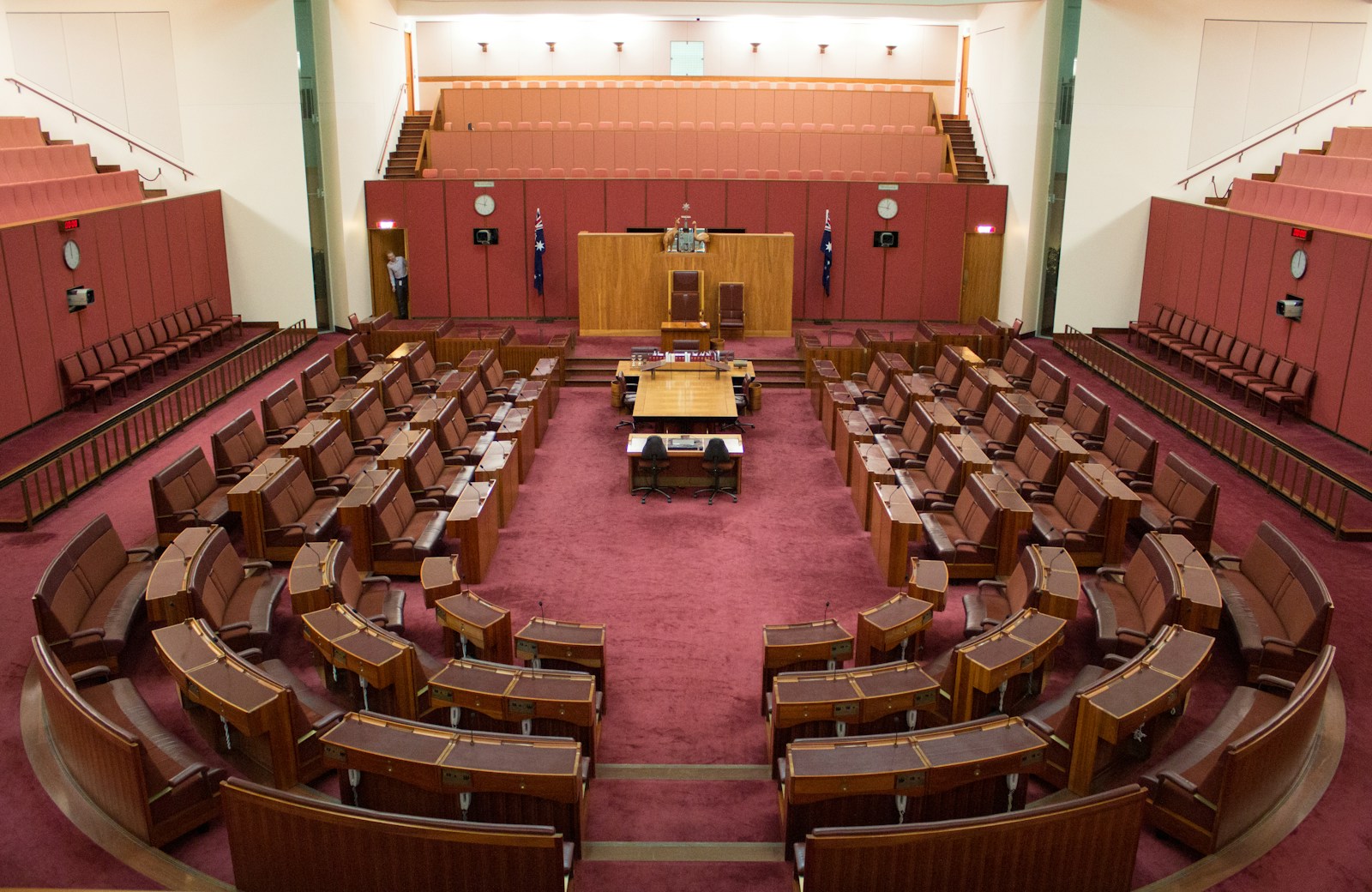In Estimates, after much toing and froing, the ATO claim that Universities make no more $3 billion dollars from foreign students.
Why can’t the Tax Office look at the annual reports of the Universities to work out how much they earn from foreign students.
They have no problem auditing hard working individuals so why not rent seeking Universities.
Why the secrecy?
For perspective, the latest ABS figures claim that foreign students generate $46 billion worth of exports.
Something doesn’t add up here.
Macrobusiness do a great job of calling out the way in which the ABS value calculate the value of foreign students to the economy.
The protection racket run by the Federal government for Universities need to stop.
“The higher education lobby, politicians, economists, and policymakers continually tout that international students are a vital export industry for Australia, generating $46 billion of export earnings for the nation.
This fantastical export figure is published by the Australian Bureau of Statistics (ABS) and is derived by combining “an average spend estimate from Tourism Research Australia … supplemented by the addition of the total expenditure on course fees”.
The ABS wrongly categorises all spending by students on a student visa as exports, even when the expenditures are paid for with Australian-earned money.
The way the ABS calculates this “export” assumes that each international student in the country is bringing into the country at least $60,745 per annum to spend (Dr. Murray has a higher estimate of around $78,000)…
Everybody knows that the money is instead earned through employment once the students get here…
So yes, we apparently export “rent”… Every dwelling that these international students rent, is considered by the Australian Bureau of Statistics as an export.”
https://www.macrobusiness.com.au/2024/07/proof-international-student-exports-are-a-lie/
Economics Legislation Committee
14/02/2024
Estimates
TREASURY PORTFOLIO
Australian Charities and Not-for-profits Commission
Senator RENNICK: In the prior set of estimates, I put a question on notice asking for the amount of Treasury revenue forgone as a result of tax breaks to universities for foreign students and tax breaks to Aboriginal land councils for native title payments and mining royalties. Given that both of these entities, Aboriginal land councils and universities, release annual reports, how is it that you can’t cost the tax revenue forgone from the profits that these entities make?
Ms D Brown: I might see whether Dr Cai can answer that question. It might come down to whether or not there are tax expenditures. They’re only tax expenditures if they’re not part of the benchmark. But I’ll leave that to Dr Cai.
Dr Cai: I’m responsible for some of the SMEs. As you mentioned, some of the tax treatments, especially NANE, are actually part of the tax benchmark, so by definition they are not tax expenditure. That includes section A55 for mining rights and foreign capital gains kind of tax treatment. And for—
Senator RENNICK: But it’s revenue forgone because we’re giving a competitive tax advantage to foreigners over Australians. They don’t have to pay tax; they can offer a higher price and get a higher weighted average cost of capital return because they don’t have to pay tax.
Ms D Brown: The tax expenditures statement just measures tax expenditures relative to a benchmark. The benchmark involves some judgements. Different people would use, potentially, different benchmarks. I think here we’ve just taken a view of a benchmark.
Senator RENNICK: Sure, and this is broader than just the statement itself; this is about Australian companies being competitive in their own country. They’re trying to compete against foreign companies that don’t pay the same rate of tax within Australia. But I’ve moved on from that. I want to talk about the universities and the Aboriginal land councils.
Dr Cai: And for Aboriginal land, with regard to section 59-15, that’s actually covered in this new Tax expenditures and insights statement. B20 covers it.
Senator RENNICK: Can you tell me how much revenue is forgone?
Dr Cai: Because of the data availability, we couldn’t give a very accurate estimate.
Senator RENNICK: That was the answer you gave me last time—you said there was a lack of data—but I’m saying that these entities do release annual accounts. So surely you should be able to cost it, because there is data available there.
Dr Cai: We do have the order of magnitude estimates. So, if you look at the table, there’s a 1+ in there. That indicates that the cost of the broader thing is roughly under $10 million.
Senator RENNICK: Under $10 million? So you’re saying that universities—
Dr Cai: Sorry; I’m talking about Aboriginal land, which is item B20.
Senator RENNICK: Which one is item B20?
Ms D Brown: B20 is the exemption for payments for mining on Aboriginal land.
Senator Gallagher: The Aboriginal land councils.
Senator RENNICK: Okay. Can you give us the one for universities? I’d like to know how much they earn from foreign students.
Dr Cai: Universities and hospitals are actually covered in a much broader item, which is B59 on page 105. Because it’s so broad, the order of magnitude, our estimate, is that it’s going to be under $1 billion, so it’s pretty large.
Senator RENNICK: Under $1 billion?
Ms D Brown: Is it under or over, Dr Cai?
Dr Cai: Under.
Ms D Brown: Under $1 billion.
Dr Cai: It’s up to.
Senator RENNICK: So, given that the company tax rate is about 30c, you’re saying that universities earn about $3 billion from foreign students.
Dr Cai: We don’t have the data. That’s very specific data, to see how much of that goes to the universities.
Senator RENNICK: But surely you could start doing something about getting universities to disclose more information in their annual reports about how they derive their revenue and breaking that up by domestic income and foreign student income?
Ms D Brown: We do, each year, try and see whether we can improve our data sources—
Senator RENNICK: I accept that you may not be able to get access to it, because we need to go back to whoever it is—I think it’s the state governments—that monitors it.
Ms D Brown: But we can note your interest in that.






























